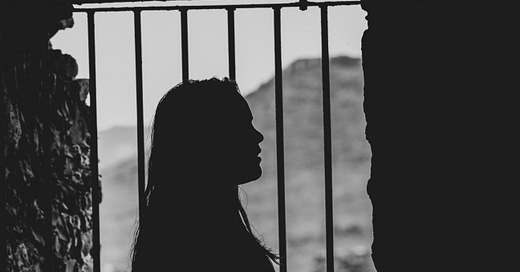This week marks the 49th birthday of Roe v. Wade, the Supreme Court case that legalized abortion nationwide and ushered in an era of tremendous feminist progress and radically expanded women’s freedoms.
It may be the last time we celebrate. A Supreme Court challenge and a court packed with right-wing ideologues means Roe as we know it seems unlikely to make it to 50.
There’s a powerful piece in the Times this week illustrating what women went through to end their pregnancies in the pre-Roe days. It’s disturbing and troubling, and, for some women, a preview of what’s to come. The good news is that abortion-inducing medications now exist, which wasn’t the case in 1973, when Roe was decided. Those medications are overwhelmingly safe and, if you know how and where to get them, not too difficult to get your hands on (that said, I’d stock up now).
But that’s the key: You have to know how and where to get them. And while women with internet access and money and some level of internet savvy and sophistication will probably be able to get medication to induce safe abortions, a lot of women don’t have that option so readily available: Girls who are pregnant as children or teenagers, women who live in poverty, women who don’t have wifi access, women with intellectual disabilities, women who are traumatized and emotionally paralyzed by rape or incest, women who rely on a partner’s smartphone, girls whose parents monitor their internet use, women who are homeless or don’t have a permanent address. Women who are already vulnerable, in other words, and for whom an unintended pregnancy could be devastating — and who are also, it should be said, more likely to be killed because of pregnancy or childbirth.
This is why it’s important to understand abortion restrictions as part of a broader landscape of authoritarianism and inequality. We talk a lot about income inequality in the US, and how it has created a whole series of negative social outcomes, from extreme political polarization to crime and violence to the hollowing-out of the middle class. Given that childbearing shapes a woman’s educational and professional course and her earning potential more than just about any other decision she makes in her life, creating a society in which some already-lucky women will likely be able to access safe abortion while less-lucky women will either be backed into unsafe procedures or be forced to have children against their will can only deepen existing inequities. Restricting or outlawing abortion is a very effective way to keep poor women poor. It’s a way to keep their children poor and their communities unstable.
But even “lucky” women won’t be so lucky in a post-Roe world.
Keep reading with a 7-day free trial
Subscribe to Jill Filipovic to keep reading this post and get 7 days of free access to the full post archives.



